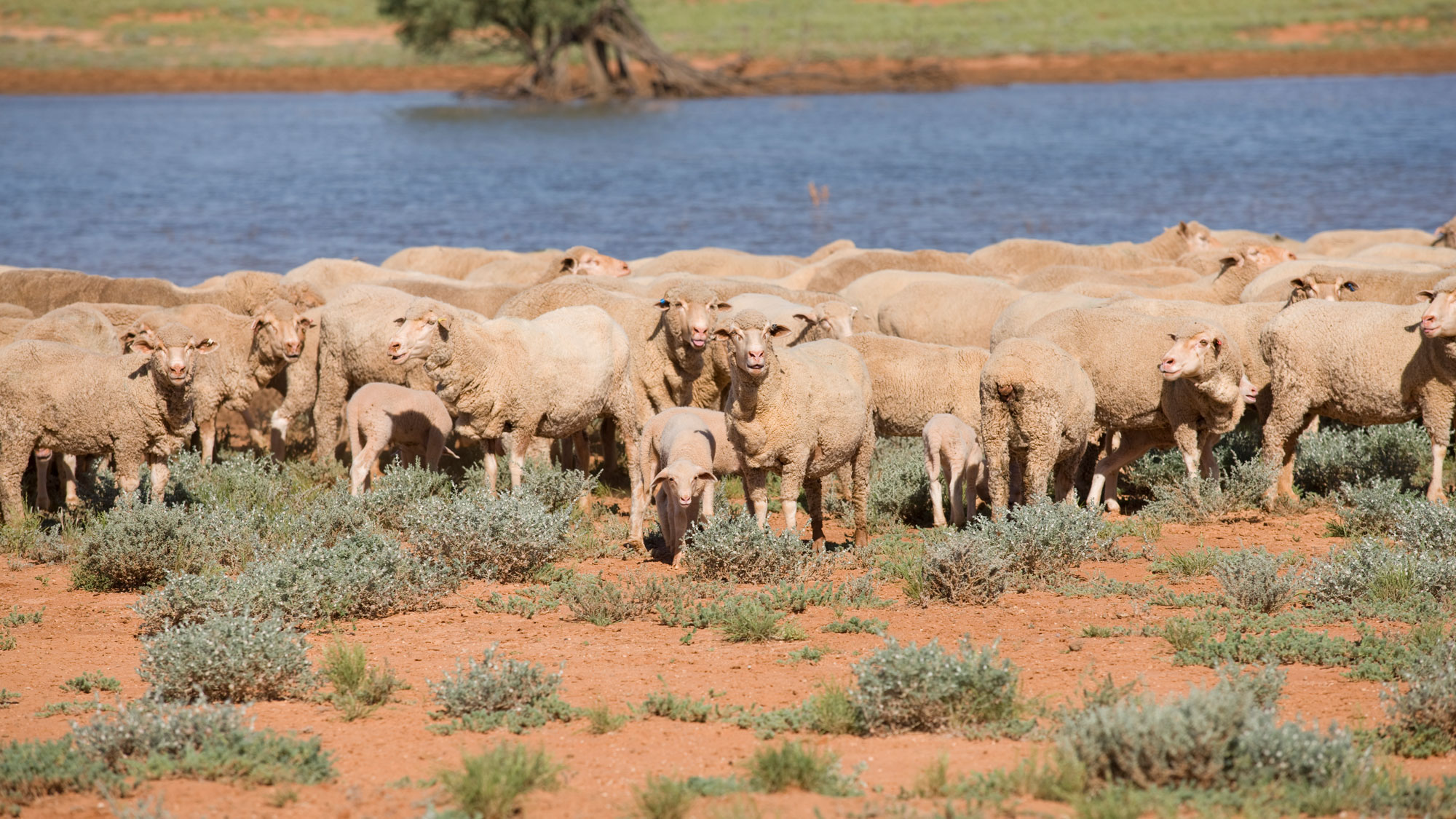Tool 12.2 Develop a property plan
Tool 12.2 Develop a property plan
Developing a property management plan will be a systematic process. Different jurisdictions, and methodologies will have different processes and systems for preparing the plan.
There is more than one way to undertake the process of preparing a property management plan:
- You can attend a course or study through published literature and complete one yourself, using documented guidelines.
- You can actively participate in the process, and feed information into the plan, and have a consultant prepare the plan.
- State government departments often have specified guidelines and laws relating to the use of land and access to funding to undertake projects. Be aware of the guidelines that exist in your area so your plan will have multiple uses – this will save time in the future.
Key elements that make up a property management plan are detailed below.
Paddock boundaries
Knowing or determining paddock size is an important part of this process, as it will be crucial to determining and documenting grazing pressure and management options.
Land systems and catchments
Vegetation varies widely in response to differences in soil type and land form, which in turn determines the distribution of water and nutrients in the system. Particular combinations of landforms, topography, vegetation, soils and geology form different ‘types’ of country known as land systems or land classes, which can be easily identified in the field and mapped by aerial photography. Further to this are land units, which are ecologically consistent tracts of land within another boundary (e.g. a paddock). For example, you may have two different land units (sections) as you’ve fenced two different land classes into one paddock.
Understanding the land units and land systems that make up a property is essential to effectively managing a grazing enterprise. Similar vegetation types have similar management requirements and hence it is usual to fence similar land systems into the same paddock. Paddocks that have a diverse mix of land systems are often difficult to manage; land systems that grow desirable plant types will be susceptible to overgrazing, whilst land systems that grow less palatable species will tend to be under-grazed. Consideration can be given to the relative susceptibility of land units and systems with respect to issues such as scrub encroachment, wind or water erosion, and consequently monitoring these land units and land systems may be different.
Broad vegetation groups
The vegetation types present on your property can be documented on the map as follows:
- Plant species that are preferred by livestock or important for production;
- Areas of shelter;
- Areas where undesirable species may establish or increase noxious weeds or unpalatable invasive native shrub;
- Areas of vegetation that have been modified by management (e.g., clearing, water spreading, burning);
- Areas of mulga (Acacia aneura) or other palatable browse species suitable for use as a drought reserve; and
- Areas susceptible to overgrazing (which usually contain the most productive and palatable species).
The location and condition of key infrastructure items
Include all key infrastructure, such as tracks and roads, houses and buildings, airstrips, livestock handling facilities, shearing sheds, yards, fences, laneways, trap yards, self-mustering facilities, windmills and pumps, tanks, troughs, dams and watercourses.
Include in your property inventory (see tool 12.1) the age, condition, importance, adequacy for the task, development needs, and potential for improvement for each infrastructure item listed.
Land management issues
Your farm map should include any areas which cause problems or are areas in need of remediation, as well as their priority for works to improve the paddock/area.
Given the diversity of the pastoral areas of Australia and their unique management requirements, it is imperative that you are familiar with planning processes and recommendations in your local area.






